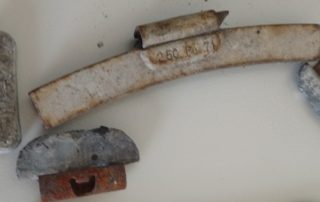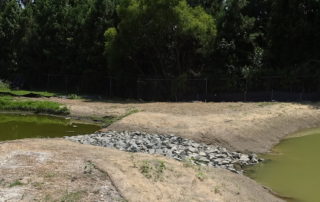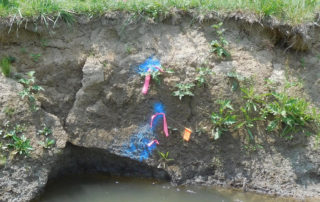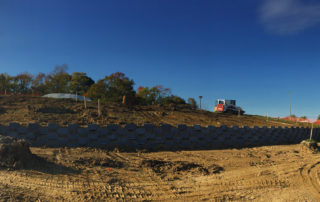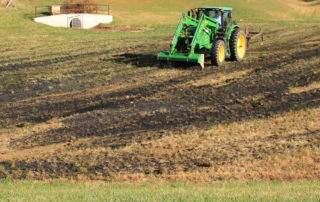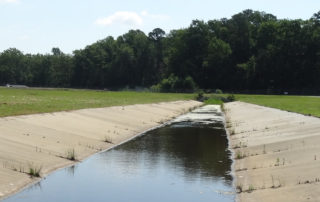Environmental Concerns about Lead Wheel Weights
Wheel weights are used to balance car tires, and in most states are made of lead. According to a study by the U.S. Geological Survey, about 65,000 tons of lead wheel weights are in use on U.S. vehicles. About 2,000 tons of these weights fall from vehicles each year and end up in the roadway or street gutter. This creates an issue for water quality as the weights, which are made of raw lead, are worn down by traffic and can leach into local creeks. Because they are heavy, they can remain in the gutter or storm drains for many [...]

